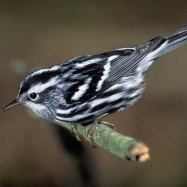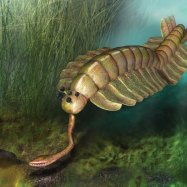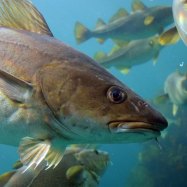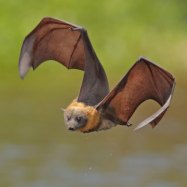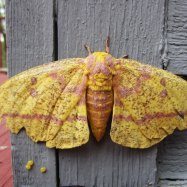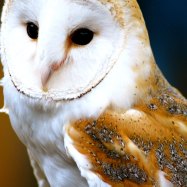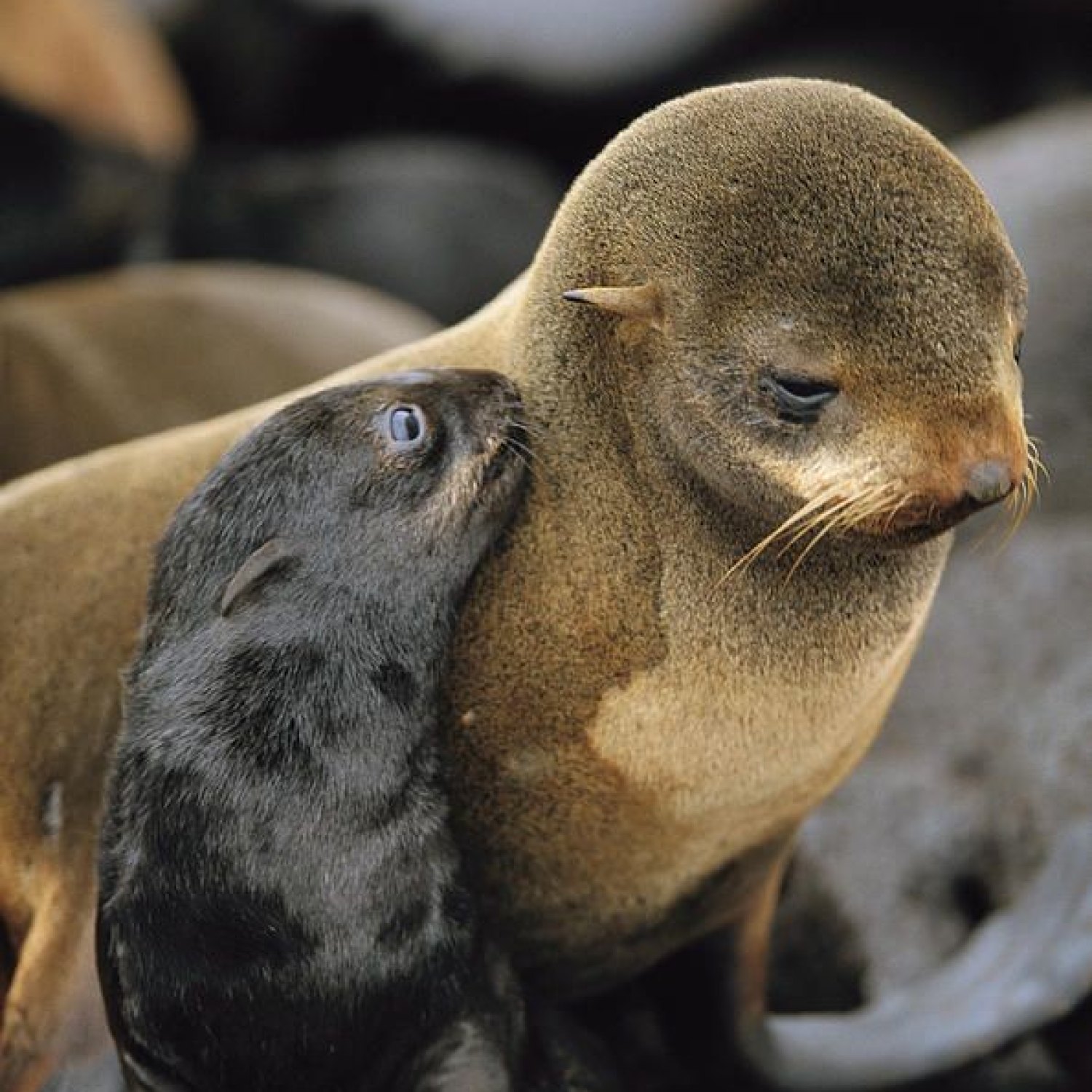
Northern Fur Seal
4-6 feet (1.2-1.8 meters)
Did you know that the Northern Fur Seal, found in Alaska, California, and Russia, can grow up to 4 to 6 feet in length? This sleek and streamlined animal belongs to the Otariidae family and is well-adapted to life in the ocean. Protecting their thick fur is essential for these swimmers, as it helps them regulate their body temperature and stay warm in chilly waters. But with climate change and overfishing threatening their habitats, conservation efforts are vital to preserving this magnificent species. #FurSealConservation #ProtectOurOceans
Animal Details Summary:
Common Name: Northern Fur Seal
Kingdom: Animalia
Habitat: Marine
The Fascinating World of the Northern Fur Seal
The animal kingdom is full of incredible creatures, each with its unique characteristics and traits. One fascinating animal that often doesn't get the attention it deserves is the Northern Fur Seal. These adorable yet powerful creatures are found in the northern Pacific Ocean, and their scientific name is Callorhinus ursinus, which means "beautiful nosed bear" in Latin.Northern Fur Seals belong to the family Otariidae, making them part of the "eared seals" group, along with sea lions and walruses Northern Fur Seal. They have been living on this planet for thousands of years, but sadly, they are facing many threats due to human activities. In this article, we will dive deep into the world of the Northern Fur Seal, exploring its physical characteristics, behavior, habitat, and more.
The Look of a Northern Fur Seal
At first glance, the Northern Fur Seal may look like an ordinary seal, but upon closer inspection, it's easy to see why these animals are so special. They have a sleek and streamlined body shape, with a large head, short flippers, and a small tail. The males are significantly larger than females, reaching lengths of 6 feet (1.8 meters) and weighing up to 300 pounds (136 kilograms).However, what truly sets the Northern Fur Seal apart is its stunning fur. As their name suggests, these seals have thick, soft, and luxurious fur that has been prized by humans for centuries. The color of their fur varies depending on the season and their age, but in general, they have dark brown fur with a lighter underbelly Nguni Cattle. This coloration helps them to blend in with their surroundings while swimming in the ocean.
A Marine Habitat
Northern Fur Seals are marine mammals, meaning they spend most of their lives in the ocean. They are found in the northern Pacific Ocean, specifically in the Bering Sea and the North Pacific. They primarily live and breed on islands off the coast of Alaska, California, and Russia, making these areas the perfect habitat for them.These seals are highly adapted to their marine habitat, with large flippers that help them to swim and dive deep beneath the surface to hunt for food. They can hold their breath for up to 7 minutes while underwater, and they can swim at impressive speeds of up to 20 miles per hour. This allows them to catch their prey, which mainly consists of small fish, squid, and crustaceans.
A Carnivorous Diet
As mentioned earlier, Northern Fur Seals are carnivorous animals, meaning they primarily eat meat. Their diet mainly consists of fish, such as herring, capelin, and pollock, but they also feed on squid and small crustaceans like krill. These seals have a keen sense of smell, allowing them to locate their prey in the vast ocean.Interestingly, Northern Fur Seals have the ability to dive up to 600 feet (180 meters) below the surface to catch their food. Due to their incredible diving abilities, they are considered one of the deepest diving marine mammals. This unique trait allows them to access a wider range of food sources and makes them formidable hunters in the ocean.
The Life of a Northern Fur Seal
Northern Fur Seals have a fascinating life cycle, with distinct behaviors and movements throughout the year. During the mating season, which occurs from late May to July, male seals gather on the beaches of their breeding colonies, engaging in fierce battles to establish dominance. The males have distinct vocalizations that they use to attract females and warn off other males.Once the mating season is over, the females will give birth to a single pup in early summer. The pups are born with a black or brown coat, and they are highly dependent on their mothers for the first few weeks of their lives. Female seals are incredibly protective of their pups, and they will often leave them on land to venture into the ocean to hunt for food.
After spending several weeks nursing and caring for their pups, the females will wean them and head back to the ocean. The pups will stay on land, learning crucial skills from other pups and adults in their colony. Once they are strong enough, they will take to the ocean to hunt for themselves until it's time to return to breed and start the cycle again.
Threats to the Northern Fur Seal
Despite being a resilient and intelligent species, Northern Fur Seals are facing several threats that are putting their population at risk. One major threat is bycatch, which occurs when these seals get trapped in fishing nets and are unable to escape. This can result in injury or death, severely impacting their population.Additionally, these seals are also facing habitat destruction due to human activities such as pollution and oil spills. These incidents can harm their food sources and breeding grounds, making it difficult for them to survive. Climate change is also a significant threat to the Northern Fur Seal, as it affects their ability to find food and changes the ocean's temperature, impacting their reproductive cycle.
Finding a Balance
The threats facing the Northern Fur Seal are not easy to solve, as they are mostly caused by human impact. However, it's not all bleak, as there have been efforts to protect and conserve this remarkable species. In the United States, the Marine Mammal Protection Act was enacted in 1972, which prohibits the hunting of Northern Fur Seals and protects their habitats.International agreements have also been made to protect these seals, such as the international moratorium on commercial hunting. This has helped to stabilize their population, and according to the International Union for Conservation of Nature (IUCN), the Northern Fur Seal is currently listed as a species of least concern.
Final Thoughts
In conclusion, the Northern Fur Seal is a remarkable and fascinating animal that deserves our attention and protection. These seals have adapted to thrive in the harsh marine environment, with sleek bodies, excellent hunting skills, and a unique coat of fur. However, their population is facing challenges, and it's crucial for humans to take responsibility and find a balance between our actions and their survival.These intelligent creatures have been a part of this planet for thousands of years, and it's up to us to ensure that they continue to thrive for generations to come. By educating ourselves and taking action, we can help to protect the Northern Fur Seal and all other species that call our oceans home. After all, it's our duty to protect and preserve the incredible diversity of life on Earth.

Northern Fur Seal
Animal Details Northern Fur Seal - Scientific Name: Callorhinus ursinus
- Category: Animals N
- Scientific Name: Callorhinus ursinus
- Common Name: Northern Fur Seal
- Kingdom: Animalia
- Phylum: Chordata
- Class: Mammalia
- Order: Carnivora
- Family: Otariidae
- Habitat: Marine
- Feeding Method: Carnivorous
- Geographical Distribution: North Pacific Ocean
- Country of Origin: United States
- Location: Alaska, California, Russia
- Animal Coloration: Dark brown with a lighter underbelly
- Body Shape: Sleek and streamlined
- Length: 4-6 feet (1.2-1.8 meters)
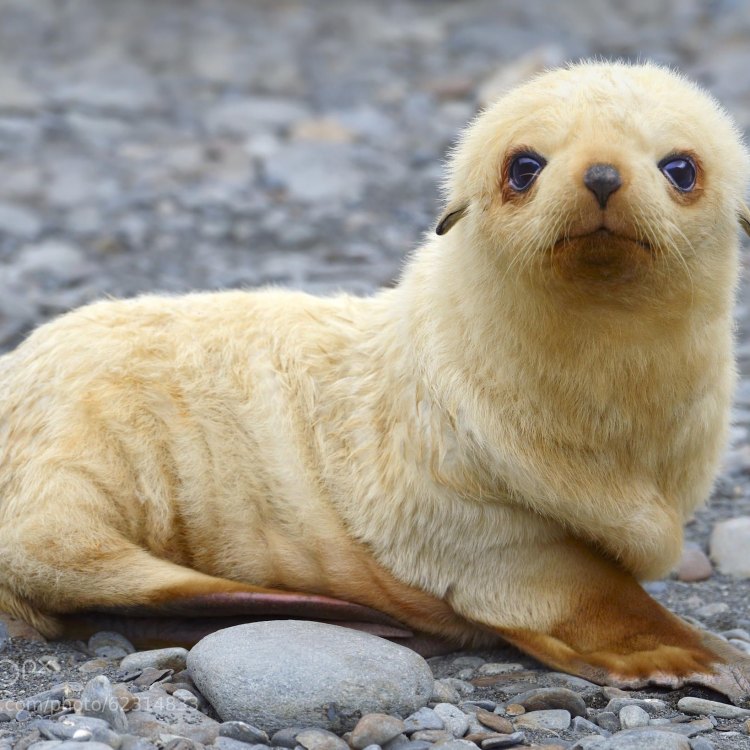
Northern Fur Seal
- Adult Size: Males: 600-800 pounds (270-360 kg), Females: 80-100 pounds (36-45 kg)
- Average Lifespan: 20-25 years
- Reproduction: Sexual
- Reproductive Behavior: Polygynous
- Sound or Call: Barks, roars, and moans
- Migration Pattern: Migratory
- Social Groups: Colonial
- Behavior: Agile swimmers and divers
- Threats: Overfishing, climate change, habitat degradation
- Conservation Status: Least Concern
- Impact on Ecosystem: Apex Predator
- Human Use: Fur trade, ecotourism
- Distinctive Features: Thick fur, large front flippers
- Interesting Facts: Northern fur seals are excellent swimmers and can dive to depths of up to 300 feet (90 meters). They have a layer of blubber that helps them stay warm in cold water. Male fur seals have a distinctive lion-like mane of thick fur on their neck and shoulders.
- Predator: Killer whales, sharks
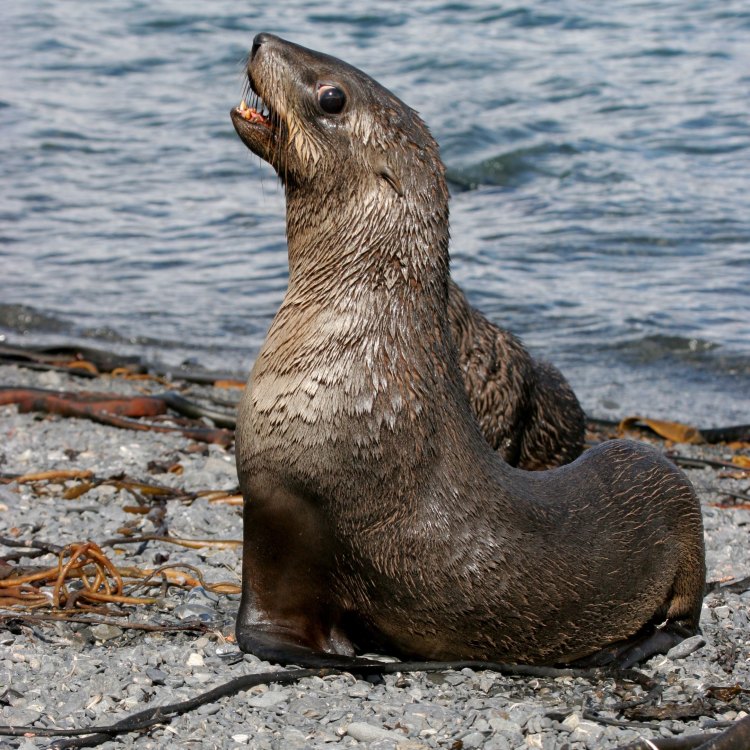
Callorhinus ursinus
The Majestic and Mighty Northern Fur Seal
Amidst the vast and icy waters of the Northern Pacific Ocean, a fascinating creature reigns supreme – the Northern Fur Seal. With its thick fur, impressive size, and agile swimming abilities, this apex predator is an integral part of the ocean ecosystem. In this article, we will dive deep into the mysterious world of the Northern Fur Seal and uncover its unique features, behavior, and importance in the marine world.Native to the northern regions of the Pacific Ocean, the Northern Fur Seal (Callorhinus ursinus) is a large mammal belonging to the family Otariidae, also known as eared seals PeaceOfAnimals.Com. It is estimated that there are approximately one million Northern Fur Seals, with the majority residing on the Pribilof and Commander Islands in the Bering Sea. These islands are also the only places in the world where fur seals breed.
The Size and Lifespan of a Northern Fur Seal
One of the first things that come to mind when thinking about fur seals is their impressive size. Male fur seals can weigh anywhere between 600-800 pounds (270-360 kg), while females are comparatively smaller, weighing only 80-100 pounds (36-45 kg). This significant difference in weight between males and females is due to the male's characterization of being polygynous, where one male mates with several females. They have a distinct reproductive behavior, which we will touch on later in this article.On average, Northern Fur Seals have a lifespan of 20-25 years in the wild. However, these numbers are heavily affected by various threats the species is facing, such as climate change, habitat degradation, and overfishing. Northern Fur Seals have also been hunted for their fur in the past, but now they are listed under "Least Concern" by the International Union for Conservation of Nature (IUCN) Northern Bobwhite.
Reproduction and Polygynous Behavior of Northern Fur Seals
Northern Fur Seals have a unique reproductive behavior that is not often seen in other eared seals. Mating season occurs between May and August, where males establish territories called "harem areas" on the breeding grounds, known as rookeries. These rookeries are located on remote beaches and rocky coasts, where female fur seals arrive to give birth to their pups.During this time, male fur seals compete with each other to gain dominance over a particular harem area and mate with the females. Males exhibit aggressive behavior like barking, roaring, and fighting as they try to mate with as many females as possible. Once a male has successfully established his territory, he can mate with up to 20 females.
After a gestation period of 11 months, female fur seals give birth to a single pup. These pups have a light brown coat called a lanugo, which protects them against the harsh weather conditions. Within a few days of giving birth, female fur seals will leave their pups to go foraging for food, returning every few days to nurse them. Once the pups are weaned, they will join a large group called a crèche, where they socialize and learn how to swim and dive.
The Unique Sound and Migration Pattern of Northern Fur Seals
As with most animals, Northern Fur Seals have their unique form of communication – barking, roaring, and moaning sounds. Males use these vocalizations primarily during the mating season to attract females and establish dominance over their territory. Female fur seals also use these sounds to communicate with their pups and each other.Northern Fur Seals are migratory animals, meaning they travel long distances from their breeding grounds to their feeding grounds. They also have seasonal movements, which are driven by the availability of prey, water temperature, and photoperiod. During the winter months, they migrate southwards to southern California, while they return to their breeding grounds during the summer months.
The Colonial and Agile Behavior of Northern Fur Seals
Northern Fur Seals are incredibly social animals, living in large colonies with thousands of individuals. These colonies consist of females and their pups, young bachelor males, and a dominant male guarding the territory. Within these colonies, fur seals exhibit specific social behaviors, like grooming, socializing, and rest.When it comes to their behavior in water, Northern Fur Seals are incredibly agile and graceful. They are excellent swimmers and divers, capable of reaching depths of up to 300 feet (90 meters). Their large front flippers, which can rotate 100 degrees, help them maneuver swiftly underwater, allowing them to catch fast-moving prey like fish and squid.
The Threats Faced by Northern Fur Seals and their Impact on the Ecosystem
Like many other marine species, Northern Fur Seals are facing a range of threats, including overfishing, climate change, and habitat degradation. These threats not only affect the fur seals directly but also have an impact on their food sources and ultimately disrupt the balance of the marine ecosystem.Overfishing poses a significant threat to Northern Fur Seals as it depletes their food sources, leaving them with fewer options for survival. Climate change is also a significant concern as it affects the ocean's temperature, which can significantly impact the species' breeding patterns and behaviors. Habitat degradation, such as oil spills and pollution, can also cause harm to fur seals and their habitat, leading to population decline.
As apex predators, Northern Fur Seals play a crucial role in the ocean's ecosystem. They help control the populations of their prey, contributing to the overall balance and health of the marine environment. Their presence is essential in maintaining the delicate food web in which they are a vital component.
Human Use of Northern Fur Seals
Human use of Northern Fur Seals dates back centuries, primarily for their thick and luxurious fur. They were hunted extensively in the 19th and 20th centuries, leading to a significant decline in their population. However, with the implementation of hunting regulations and conservation efforts, the fur seal population has stabilized and is now protected by law in most countries.With the decline in fur trade, another form of human use of Northern Fur Seals has emerged – ecotourism. Many tourists flock to the Pribilof and Commander Islands to witness the annual fur seal breeding season, making it a significant source of income for the local communities. These tours also help raise awareness about the importance of conservation and the fragile state of the marine environment.
The Distinctive Features and Interesting Facts of Northern Fur Seals
Northern Fur Seals have several unique and distinctive features that make them stand out from other seal species. Their thick fur is designed to keep them warm in cold, icy waters, and they can rotate their hind flippers underneath their bodies to walk on land. Male fur seals have a distinctive lion-like mane of thick fur on their neck and shoulders, which they display during the breeding season.Aside from their physical features, Northern Fur Seals also have some interesting facts that make them a truly remarkable species. For instance, they can slow down their heartbeat to stay underwater for extended periods, and they can dive deep into the ocean without experiencing the "bends." They also have a unique bladder system that can hold large amounts of urine, allowing them to stay on land for months without having to go into the water.
Natural Predators of the Northern Fur Seal
As apex predators, Northern Fur Seals have few natural predators in the wild. However, they are occasionally preyed upon by killer whales and sharks, especially during the winter months when they migrate to the southern waters. The presence of these natural predators plays a crucial role in maintaining the balance of the ecosystem, ensuring that the fur seal population does not get out of control.In Conclusion
The Northern Fur Seal is a magnificent and majestic creature that calls the icy waters of the Northern Pacific Ocean its home. From their impressive size and unique reproductive behavior to their distinctive features and agile swimming abilities, these apex predators play a vital role in the ocean's delicate ecosystem. As we continue to face threats like climate change and overfishing, it is essential to understand and appreciate the incredible species that inhabit our planet and work towards their conservation.
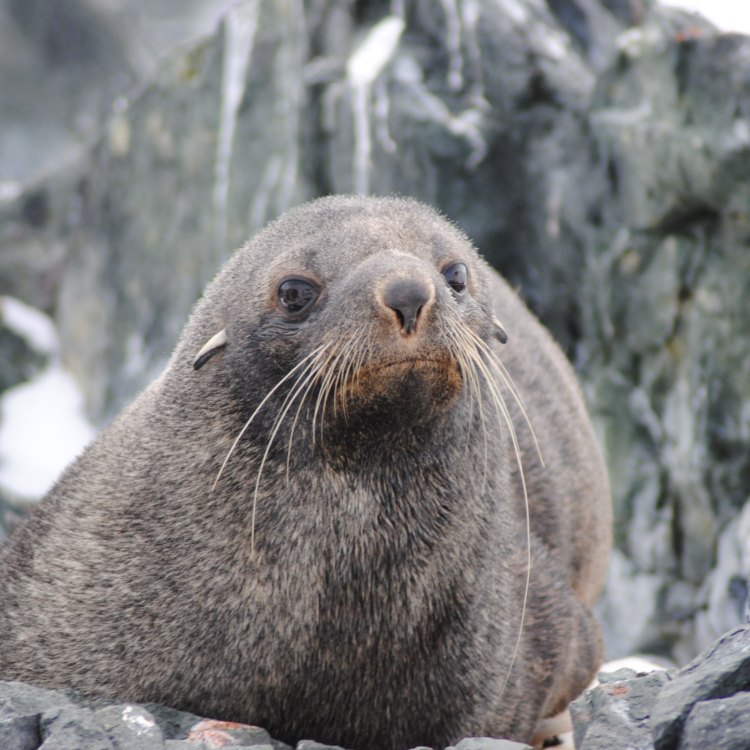
The Fascinating World of the Northern Fur Seal
Disclaimer: The content provided is for informational purposes only. We cannot guarantee the accuracy of the information on this page 100%. All information provided here may change without prior notice.

